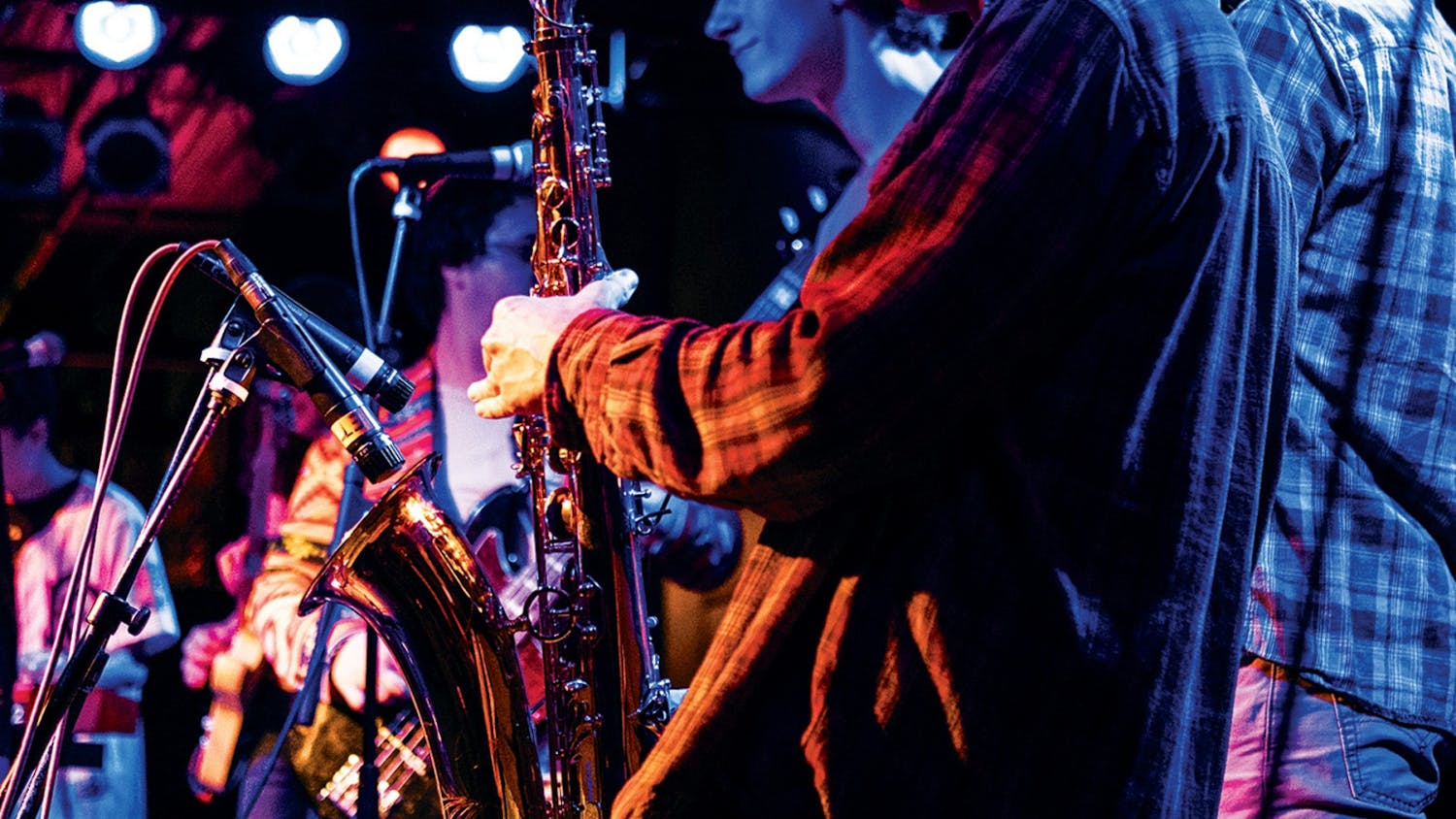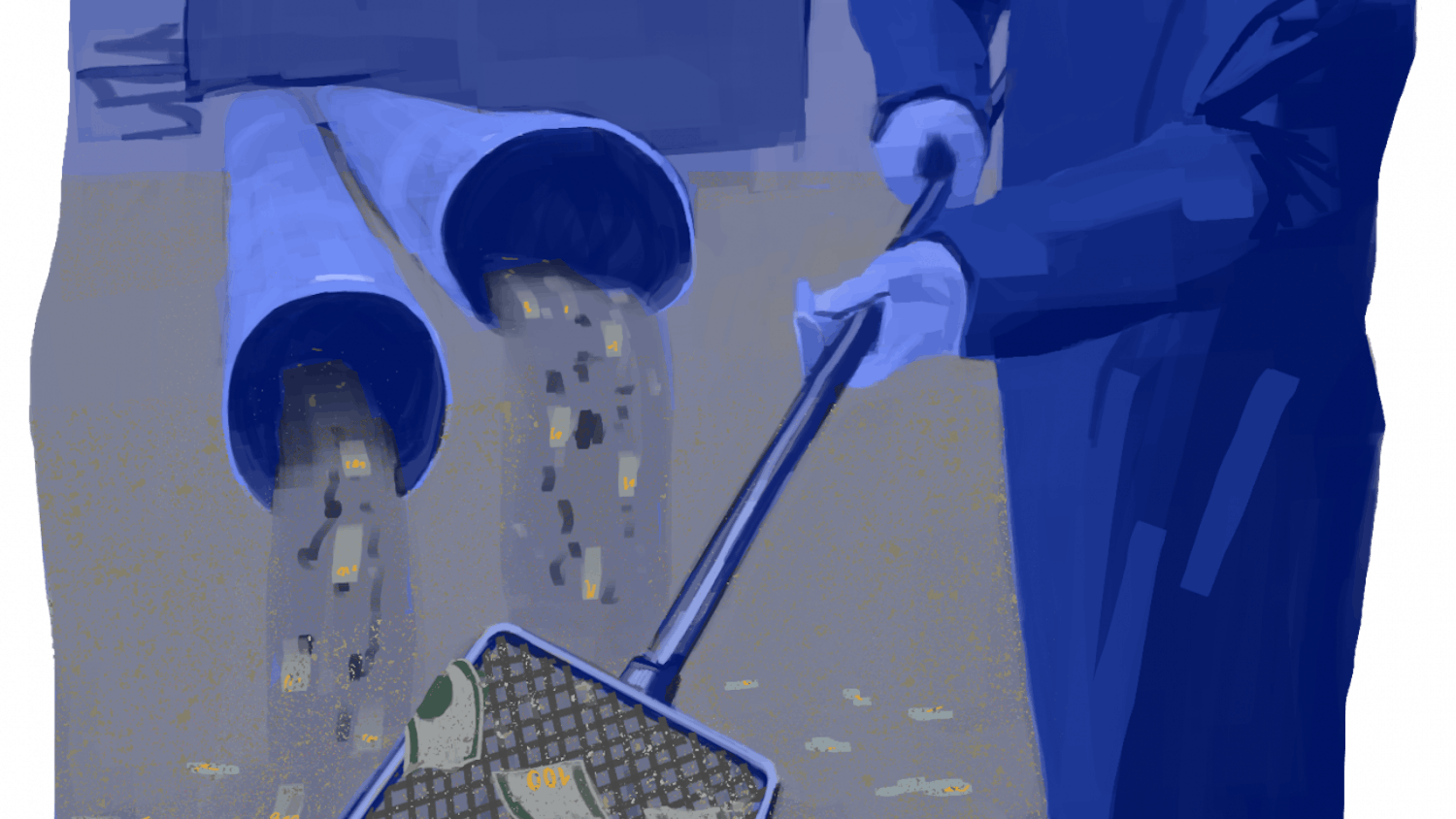Twitter was supposed to revolutionize communication. Seemingly every news outlet, business and celebrity jumped on the Twitter bandwagon soon after its 2006 launch, using the microblogging site to self-promote and spread information in the form of 140-character tweets.
The trend has also reached academia, and a nationwide Faculty Focus survey from this fall found 35.2 percent of college faculty members use Twitter. But Brown has largely steered clear of Twitter-mania — relatively few professors use it as a tool to interact with their students or to promote individual research.
‘Another layer'
"Most of the academic needs are covered by WebCT, the MyCourses system," said Art Salomon, assistant professor of biology. Salomon said he considered incorporating a Twitter feed into his lectures for BIOL 0280: "Introductory Biochemistry," which already has a class blog and internet-accessible videos of every lecture.
In order to make his 250 students feel less inhibited about asking questions, Salomon said he wanted to leave a Twitter feed up on one of the screens during class. Students would be able to mark their tweets to go up on the feed and use it as a forum to request clarifications and explanations.
But Salomon said he later realized "anybody could post anything," so he dropped the plan and instead created a TA-monitored live blog in class for students to ask questions.
"I'm surprised by the number of people who do use it," said Stephen Groening, Mellon postdoctoral fellow in the Cogut Humanities Center for the department of Modern Culture and Media. Groening studies communication technologies and media flows and said that Twitter's largest contribution to academia has been facilitating conversations at conferences.
When many different panels and programs take place at the same time, academics can use Twitter to communicate between rooms and let each other know about the research and discussion happening around them. Twitter users can receive tweets via cell phone, so information is always within reach.
Groening, who does not use Twitter, said that while Twitter can "add another layer of conversation" at these academic conferences, online communication is "not a replacement for social life." The real collaboration and communication still happens in person, even if a series of tweets and re-tweets facilitates the decision to get together.
For some faculty and staff members, however, Twitter can be a forum for academic discussion and outreach to students and peers. At other schools, especially larger colleges and universities that incorporate long-distance and internet-based learning, Twitter is used as a teaching tool. Dave Parry, assistant professor of emerging media and communications at the University of Texas at Dallas, has even created a website and blog showing educators how to incorporate Twitter into their curricula.
@BrownProfs: No tweet?
But Brown has not quite made it that far, and the few Brown professors who use Twitter mostly keep their tweets out of the classroom.
Professor of Africana Studies Tricia Rose MA'87 PhD'93 frequently tweets to about 1,500 followers on current events and cultural works as ProfTriciaRose. Mordechai Rackover, associate university chaplain and rabbi at the Brown/RISD Hillel, takes a more personal approach as MRackover, telling his 115 followers about his cooking habits and family life.
Both Rackover and Rose publicize their connections to Brown on their Twitter pages, but the University does not supervise the pages to see how its name is being used.
"The University does not monitor or track social networking activity among the wide array of campus users, though we do offer resources as requested to help departments and others who may want to launch a site," Marisa Quinn, vice president for public affairs and university relations, wrote in an e-mail to The Herald. Quinn wrote that her office is drafting guidelines for University community members to "encourage thoughtful and effective use of social media."
The Office of Public Affairs and University Relations has yet to publish these guidelines, but it sometimes shares the drafts with departments who request help with social media networking, wrote Scott Turner, director of web communications, in an e-mail to The Herald.
Departments and offices at Brown have the most readily visible Twitter presence. Over 7,500 people follow the Twitter maintained by the University's public affairs office, which includes headlines and links to University press releases. The Career Development Center and the Brown Alumni Magazine have also built up their Twitter presence, and each has close to 700 people following their tweets about events and publications.
As with any other social networking site, Twitter users need to be careful about the information they share, especially when they hold positions of authority, said Groening.
Users "either have to use it as a politician" would and limit all postings to academic-related subjects or be very careful about privacy settings, he explained.
"Academics are well aware that they can be found," he said, and most professors are tactful about what they post online.
Though Salomon ultimately decided not to use Twitter, he said he has found interactions on social media networks like Facebook to be a little bizarre, since he is "friends" with many students he does not know.
"You don't really know the students who have friended you," said Salomon, who said he accepts friend requests from students even when he does not recognize their faces. But because his classes are so large, social networking is sometimes the most personal connection he can have with his students.
"The only reason they'll come to office hours is because they want a recommendation to med school," he said. "You're like, ‘Okay, I don't know you!'"
Even though few Brown professors have joined the Twitter revolution, social networking still facilitates interactions between students and professors, especially as more communication occurs online.
There are "plenty of undergraduates who are much more comfortable typing things out on the computer" than they are raising their hands in class, Groening said.




